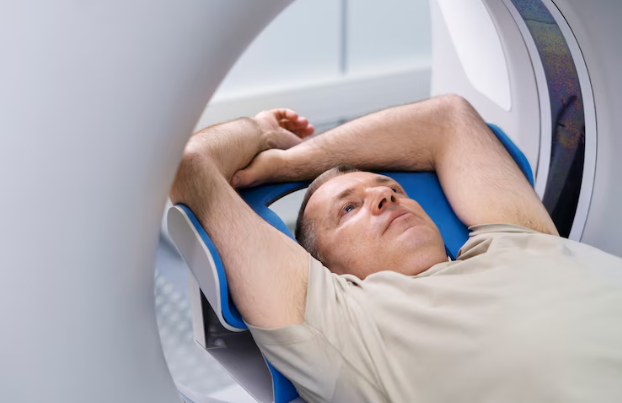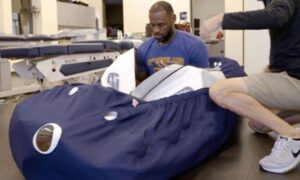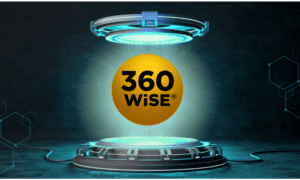Introduction: The Growing Role of Hyperbaric Oxygen Therapy in Brain Health
In recent years, Hyperbaric Oxygen Therapy (HBOT) has gained considerable attention for its potential to promote neurological recovery. Traditionally used for decompression sickness and chronic wounds, this therapy is now being evaluated for conditions affecting brain health, particularly stroke and concussion recovery. With the brain’s high oxygen demand and vulnerability to damage, the application of a hyperbaric chamber presents a novel approach that may enhance healing and cognitive function.
Recent studies and clinical trials suggest that increased oxygenation in a pressurized environment could offer promising results for patients with neurological impairments. In this article, we take a deep dive into the role of hyperbaric chambers in brain health, examining their impact on stroke and concussion recovery.
Understanding Hyperbaric Oxygen Therapy (HBOT)
What Is a Hyperbaric Chamber?
A hyperbaric chamber is a specialized medical device that allows patients to breathe 100% pure oxygen in a pressurized environment. Typically, the atmospheric pressure inside the chamber is increased to two or three times the normal air pressure.
This environment enables greater oxygen absorption into the bloodstream, which is critical for tissue regeneration, inflammation reduction, and improved cellular function.
How It Works for the Brain
The brain consumes over 20% of the body’s oxygen. When a stroke or traumatic brain injury (TBI) occurs, the supply of oxygen is often restricted, causing damage to brain tissues. HBOT helps restore oxygenation, potentially reversing hypoxic injury and aiding neurogenesis and synaptic plasticity.
Stroke Recovery and Hyperbaric Chambers
Clinical Evidence for Stroke Patients
Numerous clinical trials have been conducted to evaluate HBOT’s effectiveness in treating post-stroke symptoms. A landmark study published in PLOS ONE found that stroke patients undergoing HBOT experienced significant improvements in neurological functions even years after the initial stroke event (PLOS ONE Study).
The study concluded that HBOT stimulated neuroplasticity and increased activity in dormant brain regions, leading to improved motor skills and cognition.
Benefits in Ischemic Stroke
For patients suffering from ischemic stroke—the most common form—HBOT can:
- Increase oxygen delivery to oxygen-deprived areas
- Reduce secondary inflammation
- Stimulate the repair of damaged neural tissue
These outcomes have prompted many medical centers to incorporate HBOT as an adjunctive therapy in post-stroke rehabilitation programs.
Concussion and Traumatic Brain Injury (TBI) Recovery
The Science Behind HBOT for Concussions
Mild traumatic brain injuries (mTBIs), including concussions, often result in metabolic and cellular dysfunction that cannot always be detected via imaging. However, these injuries can lead to long-term cognitive and emotional disturbances.
Research from the National Institutes of Health (NIH) has shown that HBOT can alleviate symptoms such as brain fog, memory loss, and fatigue associated with concussions (NIH Hyperbaric Research).
Military and Sports Applications
HBOT has been increasingly used by military veterans and athletes. Programs sponsored by the U.S. Department of Defense have explored the benefits of hyperbaric therapy for veterans suffering from TBI and PTSD.
Prominent sports organizations have also begun using HBOT to aid in athlete recovery following concussions, citing shorter downtime and improved mental clarity.
Neurological Benefits Beyond Recovery
Enhancing Cognitive Performance
Although still under investigation, emerging research suggests HBOT could benefit even healthy individuals by enhancing:
- Focus and attention span
- Memory recall
- Overall brain metabolism
These applications are especially appealing for high-performance professionals and older adults concerned about cognitive decline.
Anti-Inflammatory and Antioxidant Effects
HBOT has demonstrated the ability to reduce brain inflammation and oxidative stress—both key contributors to neurodegenerative diseases such as Alzheimer’s and Parkinson’s.
Potential Risks and Limitations
Known Side Effects
While HBOT is generally considered safe, it may cause side effects in some individuals, such as:
- Barotrauma (ear and sinus pressure)
- Temporary vision changes
- Oxygen toxicity (rare with proper supervision)
These risks are typically mitigated in certified clinics under medical supervision.
Limitations in Access and Cost
Despite its benefits, HBOT is not universally accessible. The cost of sessions and limited insurance coverage often present barriers for many patients.
For comparison, a single session in a hyperbaric chamber can cost between $100 and $250 in the U.S., with a full treatment course ranging from 20–40 sessions.
What Experts and Institutions Say
International Support for HBOT
The World Health Organization (WHO) and Undersea and Hyperbaric Medical Society (UHMS) have acknowledged HBOT’s clinical applications, especially in cases involving tissue hypoxia.
In a review by Forbes Health, experts noted that HBOT is an “emerging frontier” in personalized neurological care (Forbes on HBOT).
Conclusion: A Promising Adjunct in Neurotherapy
Hyperbaric Oxygen Therapy offers a compelling adjunctive treatment in the recovery from strokes and concussions. With strong scientific backing and expanding clinical applications, its potential in improving brain health is undeniable. However, broader accessibility and further long-term studies will determine whether HBOT becomes a mainstream solution in neurology.
As the landscape of brain health continues to evolve, we recommend discussing HBOT with a qualified neurologist to assess if it’s the right option for your recovery plan.































